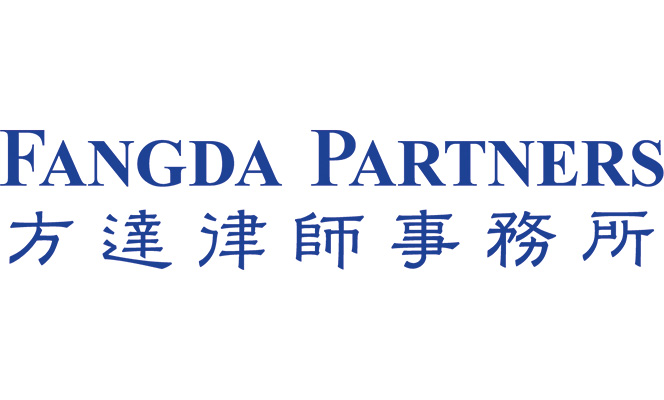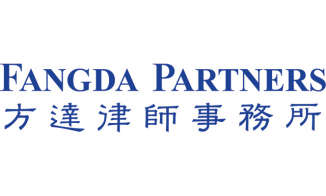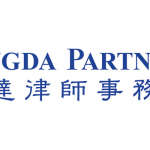1. What are the current regulatory frameworks governing the life sciences industry in China, and how have they evolved in recent years?
Legislation wise, the Drug Administration Law and its implementation rules are pivotal to the pharmaceutical sector, overseeing the entire lifecycle of chemical and biological products. For medical devices (including in-vitro diagnostics), the Regulations for the Supervision and Administration of Medical Devices form a fundamental framework.
There are numerous other laws and administrative regulations governing various aspects of the life sciences industry. The National Medical Products Administration, under the State Administration for Market Regulation (SAMR), is the primary regulatory authority for drugs, medical devices, and related activities. The SAMR handles matters such as marketing authorisation, R&D, advertising, fair competition, anti-bribery, and antitrust in the life sciences industry. Other regulators playing significant roles include the National Health Commission and the Ministry of Science and Technology of China, covering the healthcare system and the regulatory regime of human genetic resources, respectively.
Recent healthcare regulatory reforms focus on implementing the Marketing Authorisation Holder (MAH) system and expedited pathways for innovative products, reflecting China’s continuing commitment to innovation and a comprehensive approach to drug and device regulations.
2. Can you provide an overview of the key intellectual property and patent issues faced by life sciences companies operating in China?
Life sciences companies face diverse challenges based on their portfolios.
For those focusing on innovative drugs, the 2021 introduction of the drug patent linkage system is a valuable tool for handling patent infringement and generic drug competition. Also, the law, providing a pharmaceutical patent term extension of up to five years, benefits innovative drug firms but introduces uncertainties for generics.
Another significant challenge stems from the lack of specific methods for data exclusivity protection, making it difficult for companies to secure the regulatory benefit of clinical trial data.
To balance IP protection and market innovation, regulators have also intensified antitrust law enforcement in 2023, potentially influencing market players’ patent strategies.
3. How do market entry barriers, such as registration requirements and import/export regulations, impact foreign life sciences companies looking to do business in China?
In general, the foreign investment negative lists for market access delineate business sectors that are prohibited or restricted to foreign investments, which includes the development and application of human stem cells and genetic diagnosis and treatment technologies. Moreover, under China’s regulatory framework of HGR, exploitation of HGR by foreign or foreign-controlled entities (together ‘Foreign Parties’) is also highly restricted.
Separately, the current MAH system prevents foreign MAHs from engaging in local manufacturing through CMOs in China, and domestic Chinese MAHs cannot utilise overseas CMOs either. This may not align with the operational requirements of many foreign MAHs and would prevent foreign MAHs from adopting a more flexible and globally integrated manufacturing strategy, especially in case of a cross-border licensing arrangement.
4. What are the primary legal challenges associated with clinical trials and drug approvals in the Chinese life sciences market?
China has heightened regulatory scrutiny over cross-border data flow, impacting multinational clinical trial sponsors with investigational sites in China. Challenges include the need for a cross-border data assessment when sharing personal and health information, with potential requirements for approval or record-filing when a foreign party substantially participates and HGR is involved.
Additionally, in clinical trials, strict compliance with obligations, including explicit recruitment procedures and patient consent, is essential. Interactions with HCPs must be approached carefully to ensure their independence.
Despite government efforts, the drug approval process remains complex, less predictable and time-consuming.
5. What is the role of data privacy and protection laws in the life sciences sector, especially in relation to patient data and research information?
Data privacy and protection laws play a pivotal role in China’s life sciences sector, particularly concerning the use and sharing of patient’s personal data and sensitive medical information.
The Personal Information Protection Law and clinical trial regulations stress the importance of obtaining informed consent from patients before collecting and using their personal information, as well as transparent communication with patients on use of their data and patient rights. The Data Security Law and related regulations impose requirements on the cross-border transfer of personal information and other important data (and the definition of ‘important data’ for the life sciences sector remains broad and unclear at this point).
6. How do Chinese laws and regulations address issues related to biosafety and bioethics, especially with respect to genetic research and biotechnology?
These issues are addressed by the Biosafety Law and regulations including the Administrative Regulations on Human Genetic Resources.
The Biosafety Law covers a wide variety of areas, from protection against bioterrorism and public health threats, to protection of human, animal and plant resources.
Under the HGR regulations, only entities controlled by Chinese entities and individuals (Chinese party) are permitted to collect, store and transmit overseas the Chinese HGR after completing approval/filing procedures. If a foreign party needs to utilise human biospecimens, it must apply for and complete appropriate approval/filing jointly with or through Chinese parties.
7. What are the key considerations for compliance with anti-corruption and bribery laws for life sciences companies in China?
According to our observation on the latest trends, including the anti-corruption regulatory campaign on the healthcare sector in mid-2023, life sciences companies should continue to consider improving their compliance system, such as: evaluating and improving internal compliance policies regarding anti-bribery and anti-corruption; providing compliance trainings to all employees and other third-party business partners that may get involved in the sales and marketing of medical products; and intensifying the implementation of their internal compliance monitoring system.
8. Can you discuss the legal landscape for pharmaceutical pricing and reimbursement policies in China and their impact on market access for life sciences products?
China basically adopts a market-driven mechanism for pricing, but the actual prices of most drugs are subject to national policies related to a national reimbursement system and organised hospital drug procurement.
China’s national basic medical insurance system has been evolved to cover more than 95% of the population in China and now provides reimbursement for nearly 3,000 medicines included in the National Drug Reimbursement List (NDRL). Once successfully listed in NDRL, the drug prices may be required to be significantly reduced.
Meanwhile, for public hospitals, drug procurement (especially for generic drugs) is notably influenced by a volume-based procurement programme, under which the government will directly negotiate on discounted drug supply prices based on promising bulk purchasing, significantly reducing the price.
9. How do trade secrets and technology transfer regulations affect collaborations and partnerships between Chinese and foreign life sciences companies?
Currently, international collaboration and partnerships in China have not been substantially affected by technology export controls. Issues related to technology transfer and trade secrets between Chinese and foreign parties are primarily addressed through contractual arrangements, including contracts with employees, business partners and other persons who may have access to trade secrets.
10. Are there specific legal challenges or opportunities related to emerging fields within the life sciences, such as gene editing, regenerative medicine, or artificial intelligence applications in healthcare, in the Chinese market?
China has introduced a series of regulations aimed at addressing challenges emerging in various fields, encompassing ethical, data security, and biosecurity issues.
Companies involved in ethically sensitive domains, particularly in these emerging fields, are required to establish an internal science and technology ethics (review) committee. Also, regulations focusing on the appropriate use of data in artificial intelligence technologies are in the process of being developed. As mentioned above, there are restrictions on foreign investment in CGT therapy, and the government is clearly intensifying efforts for domestic replacements.
For more information, please contact

Josh Shin
Partner
E: jshin@fangdalaw.com

Henry He
Partner
E: henry.he@fangdalaw.com

Audrey Luo
Associate
E: audrey.luo@fangdalaw.com















